

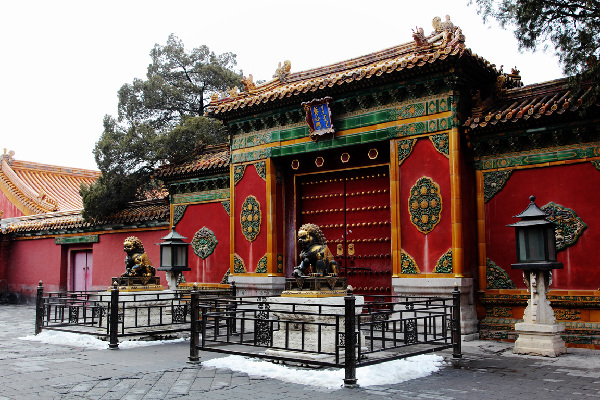
Renovation of Hall of Mental Cultivation in the Forbidden City will be completed in 2020. By then, tourists will be able to go inside the hall instead of observing it through the window, said Shan Jixiang, director of the Palace Museum, who is also a member of the 12th National Committee of the Chinese People's Political Consultative Conference (CPPCC), in an interview with Beijing Times.
The Hall of Mental Cultivation is a particularly significant building in the inner courtyard of the Forbidden City in Beijing. It was built originally in the Ming Dynasty and rebuilt during the Qing Dynasty. From the time of Emperor Yongzheng of Qing Dynasty, this palace became the emperors’ bedchamber. Three emperors died in the Hall. The building itself has a front and a rear hall, which served as the emperor's bedroom.
Shan said the Palace Museum is currently responsible for renovating 9,371 rooms. Renovating the ancient architecture is on the one hand to protect the health and longevity of the ancient buildings and on the other hand to expand open area of the Forbidden City to public.
"The rate of the open area in the Forbidden City has reached 76 percent this year, which will be increased to 85 percent by 2025, "Shan said.
According to Shan, among the 15 million tourists every year, 5 million will choose to visit the Hall of Mental Cultivation. But only 1,000 square meters, or 17 percent of the hall’s area, is open to the public. Visitors can only see the Hall of Mental Cultivation through the windows. After the renovation is finished in 2020, more than 60 percent of the Hall of Mental Cultivation will be open. Visitors can go inside the hall for visit by then. In addition, the imperial kitchen will also be restored.

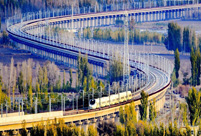 China has world's largest high-speed rail network
China has world's largest high-speed rail network Top beauties in Chinese provinces
Top beauties in Chinese provinces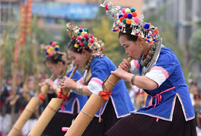 600 people attend Lusheng playing contest in S China
600 people attend Lusheng playing contest in S China Engineer troop builds bridge in real combat conditions
Engineer troop builds bridge in real combat conditions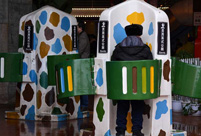 You can urinate in public in Chongqing
You can urinate in public in Chongqing Rice terrace scenery in southwest China's Yunnan
Rice terrace scenery in southwest China's Yunnan 2016 Miss Chinatown USA pageant held in San Francisco
2016 Miss Chinatown USA pageant held in San Francisco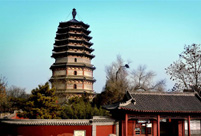 Ancient pagodas across China
Ancient pagodas across China Wedding dress show up in the air
Wedding dress show up in the air Top 20 hottest women in the world in 2014
Top 20 hottest women in the world in 2014 Top 10 hardest languages to learn
Top 10 hardest languages to learn 10 Chinese female stars with most beautiful faces
10 Chinese female stars with most beautiful faces China’s Top 10 Unique Bridges, Highways and Roads
China’s Top 10 Unique Bridges, Highways and Roads Reform pain offset by growing economy
Reform pain offset by growing economy ZTE operating normally; complies with law
ZTE operating normally; complies with law By the Numbers: Government work report
By the Numbers: Government work report Female deputies give women's perspective at two sessions
Female deputies give women's perspective at two sessionsDay|Week